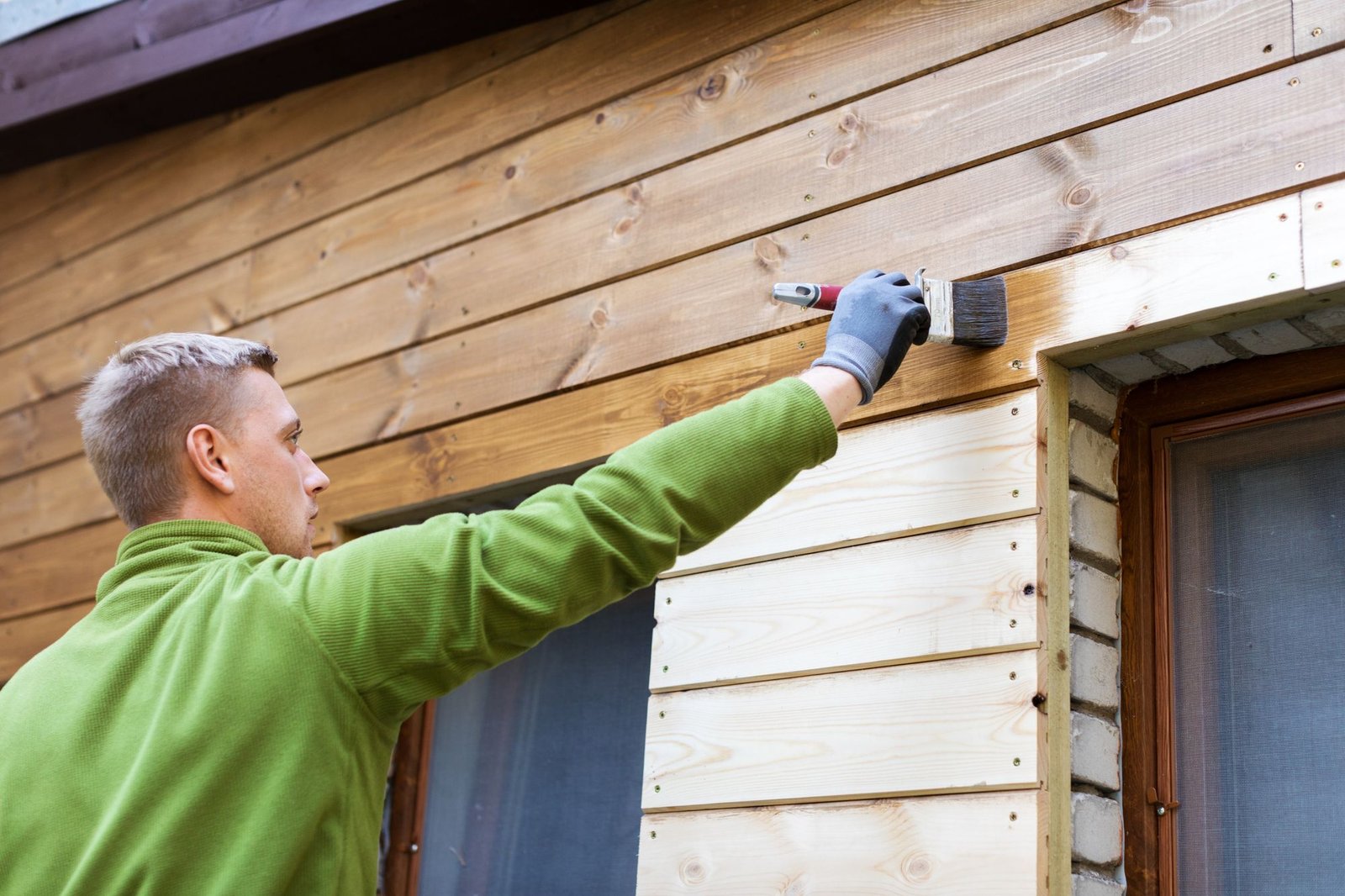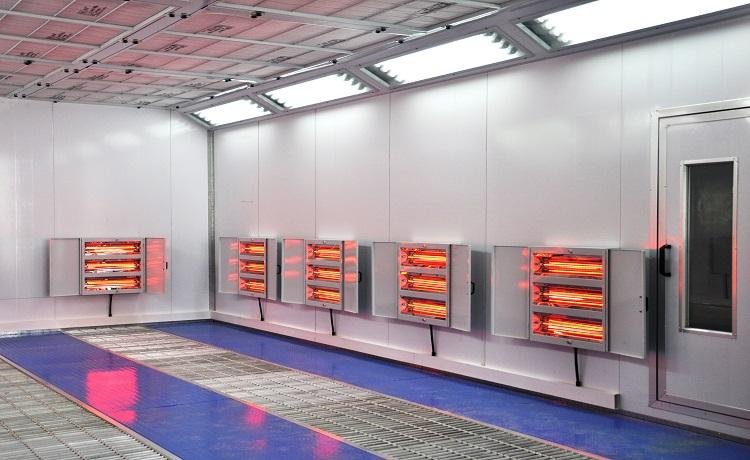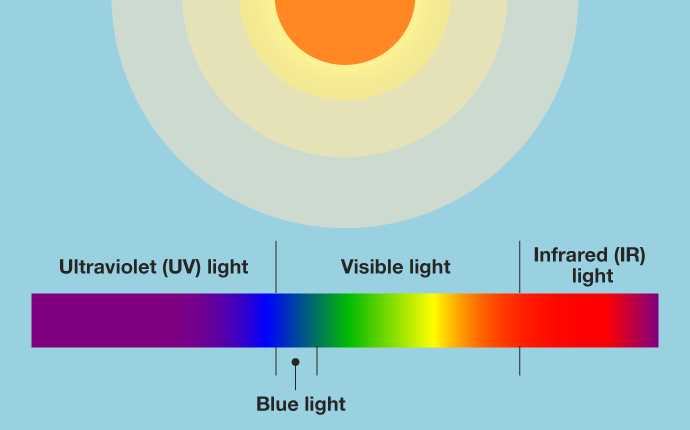
To some extent,the effectiveness of water-based paint depends on whether the paint dries thoroughly and effectively.We need to be clear that the difference between water-based paint and oil-based paint lies in the dilution solvent. Different diluents result in different drying mechanisms, and the evaporation rate of water-based paints is much slower than that of oil-based paints. Because the latent heat of evaporation of water is greater than that of ordinary organic solvents.
The drying of water-based paint mainly depends on the speed of water evaporation in the paint, which is not only related to temperature but also to the humidity of the environment. Generally speaking, the higher the humidity, the slower the volatilization rate. If water-based paint is applied in a relatively high humidity environment, not only will the paint film dry slowly, but the coating is also prone to whitening and peeling.Therefore, choosing the appropriate coating drying process and equipment is the key to the success or failure of water-based paint construction. In fact, the construction conditions for water-based paint are not particularly demanding. As long as we fully understand the drying principle of water-based paint and improve the construction environment, we can ensure the quality of the paint film.

1. Hot air drying
Hot air drying is a heating and drying method that uses convection principle, with hot air at a temperature of 35-60 ℃ as the heat carrier, to transfer heat energy to the coating on the surface of the workpiece. The coating absorbs energy and solidifies into a film.
Usually, electricity (electric heating wire, electric heating rod or electric heating plate) or steam is used as a heat source to first heat the air. The heat is then transferred to the surface of the coating through convection, allowing the coating to dry quickly. The use of hot air drying technology can significantly accelerate the drying speed of coatings and has strong adaptability, making it a widely used drying method.
Due to the need to heat all the air in the drying chamber, as well as the absorption or dissipation of heat energy by walls, floors, vehicles, workpiece coatings, etc., the heat loss in this mode is relatively large. Therefore, it is necessary to design the convective flow direction of the hot air reasonably, so that the energy carried in the hot air is mainly transferred to the coating on the surface of the workpiece as much as possible.
At the same time, it should also be noted that due to the convective heating principle, the paint film dries from the outside to the inside, which means that the surface of the paint film is heated first. This may cause the interior of the paint film to not dry completely, resulting in some quality problems.

2. Infrared drying
Infrared drying technology is a drying technique in which coatings absorb infrared radiation energy and convert it into heat, ultimately achieving solidification and film formation. Infrared is an invisible radiation that falls between visible light and microwave, with a wavelength of 0.75-1000 μ m. According to the wavelength range, it can be divided into “near, medium, and far” infrared rays.
At present, infrared drying technology usually uses far-infrared drying, which can penetrate into the interior of the coating and raise the temperature inside the coating. The temperature inside the coating is higher than the surface, causing thermal diffusion of the coating from the inside out to form a temperature gradient.
At the same time, there is also a moisture gradient inside the coating that causes moisture movement. The interior with higher moisture content gradually diffuses to the exterior with lower moisture content, in the same direction as thermal diffusion, thereby accelerating the drying process.
Infrared curing has the advantages of fast heating, fast curing speed, and good curing quality. However, due to the presence of temperature and moisture gradients, far-infrared drying is not suitable for drying thicker coatings, as the thicker the coating, the more pronounced the gradient. In addition, infrared drying can only heat the area that infrared radiation can reach, and is not suitable for drying three-dimensional workpieces with complex shapes.

3 Microwave drying
Microwave refers to electromagnetic waves with a wavelength of 1mm-1m and a frequency of 300MHz-300GHz, which have penetrability. Microwave heating utilizes the principle of dielectric loss, and the dielectric constant of water is much larger than that of dry matter. The vast majority of the energy released by the electromagnetic field is absorbed by the moisture in the coating.
The microwave field periodically changes the direction of the applied electric field at a high speed of several hundred million times per second, causing water molecules to oscillate rapidly and producing significant thermal effects, thereby rapidly increasing the temperature inside and outside the coating, causing the moisture in the paint film coating to evaporate rapidly.
The advantages of microwave heating are that the drying speed is particularly fast, there are no external requirements for the dried object, the heating of the coating is very even, there is no temperature gradient, and it can dry thick films, etc. However, heating water-based coatings with microwaves makes it difficult to precisely control the temperature of the coating film, and it is currently technically challenging to automatically match microwave power and time based on the coating area.
In addition, due to the energy gathering effect of microwave heating on water, it is inevitable to heat water and other chemicals in wood materials simultaneously, which may affect the stability of wood materials; After microwave heating, local overheating may also cause excessive migration of the base color, resulting in the entire or local coating becoming discolored. Liquid topcoat will dissolve the base color of the applied paint back into the topcoat, thereby affecting the transparency of the coating, which is called base color migration.

Choose a drying method that suits your own situation
Our analysis of the drying methods for the above-mentioned water-based paints shows that each drying method has its own advantages and disadvantages. Enterprises should choose the appropriate drying method based on their own product characteristics and production conditions.
In summary, the effect of hot air drying method is average but still acceptable, and it is cost-effective, easy to transform, quick to take effect, and widely applicable (especially for two-component paints); The infrared heating drying method heats up quickly and solidifies quickly, but it is not suitable for drying thick paint films and workpieces with complex shapes; The UV drying method can only be used for drying UV photosensitive coatings; Microwave drying technology is leading and efficient, but it requires large investment and high control requirements, so careful selection is necessary.
